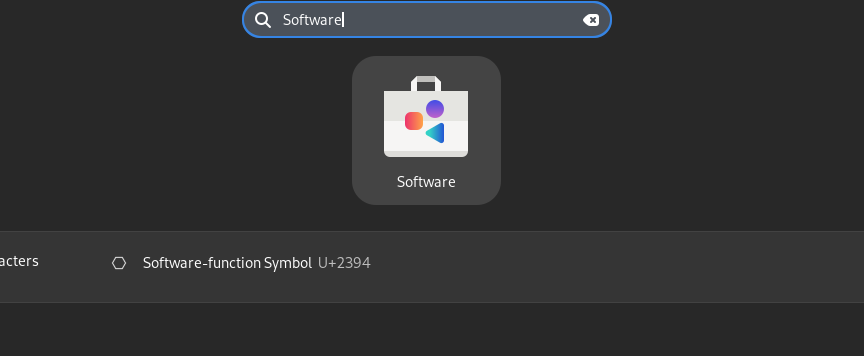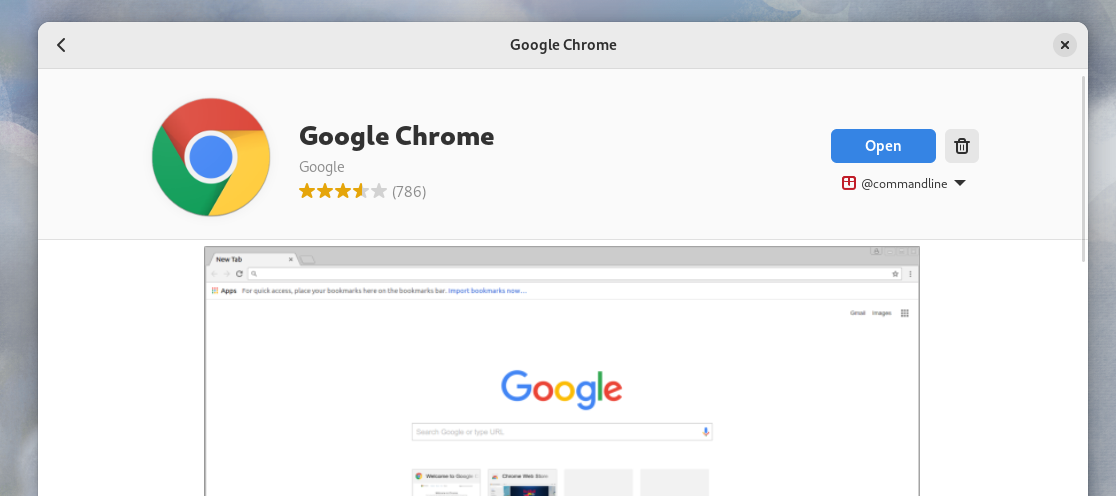While Google Chrome has an automatic update option, many operating systems encounter issues with updates from time to time. That’s why many users always look for ways to update Google Chrome manually. If you want to update Google Chrome on Fedora Linux, don’t worry; this guide is for you. Here, we will explain the simple methods for manual updates.
How to Update Google Chrome on Fedora Linux
Before moving to the update process, please refer to our guide on installing Google Chrome in Fedora Linux. Now, let’s check the methods to update Google Chrome.
From the Terminal
First, open the terminal and then run the following commands one by one to update the system and then update Google Chrome:
sudo dnf install upgrade google-chrome-stable
As the image above shows, Google Chrome is already up to date, and no additional updates are available.
From the Software Update
If you have installed the RPM package, you access the Software utility from the Application Menu.
You can go to the Updates section and check if any updates are available for Google Chrome.
In case you are not able to find Google Chrome in the Installed and Update section, you can manually search it in the Explore window.
Wrapping Up
This was all about the two of the simplest ways to update Google Chrome on Fedora Linux. If you are not familiar with the commands, you can update Google Chrome from the Software Update page. However, the command line method is easier compared to Software Update. You can choose either method as per your preference.




